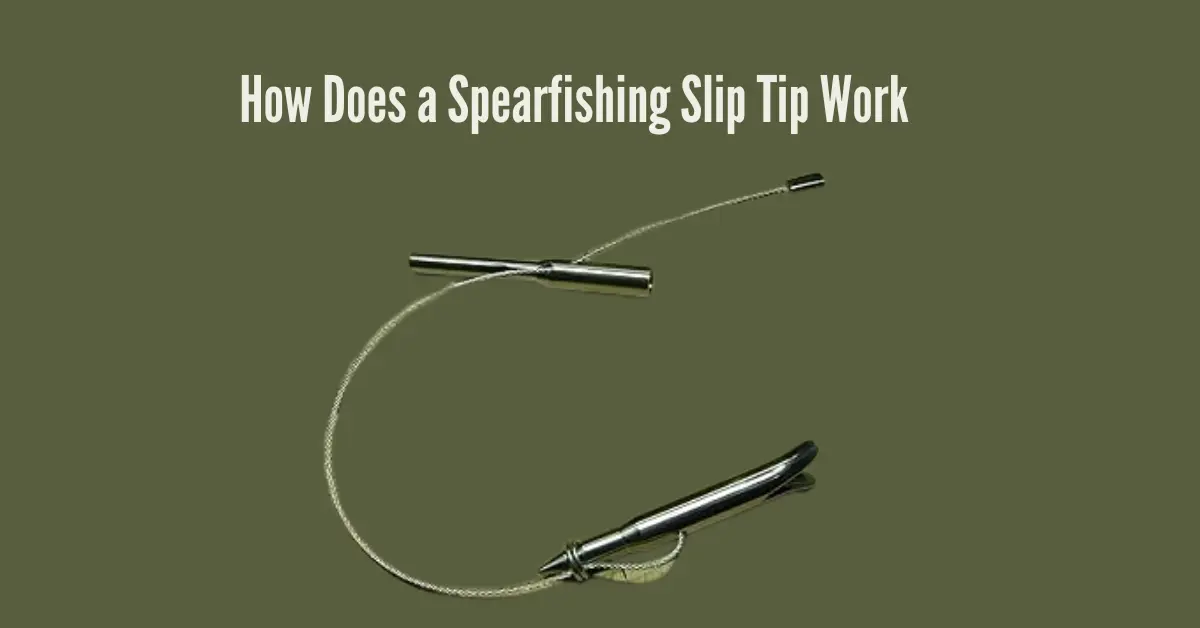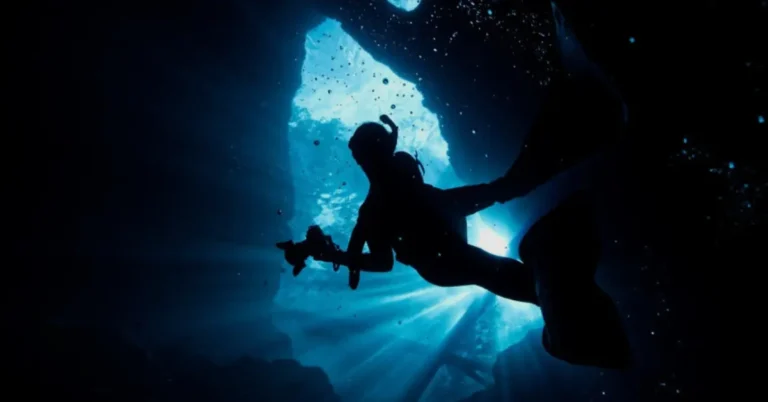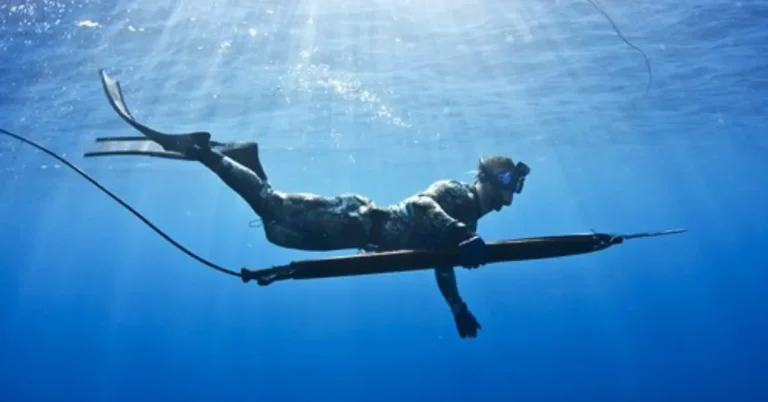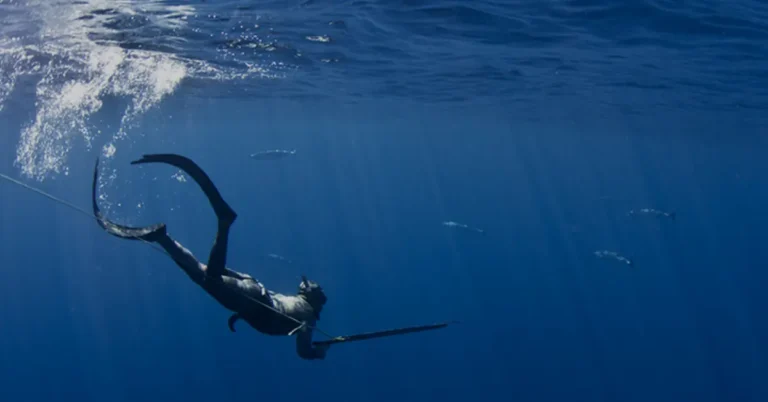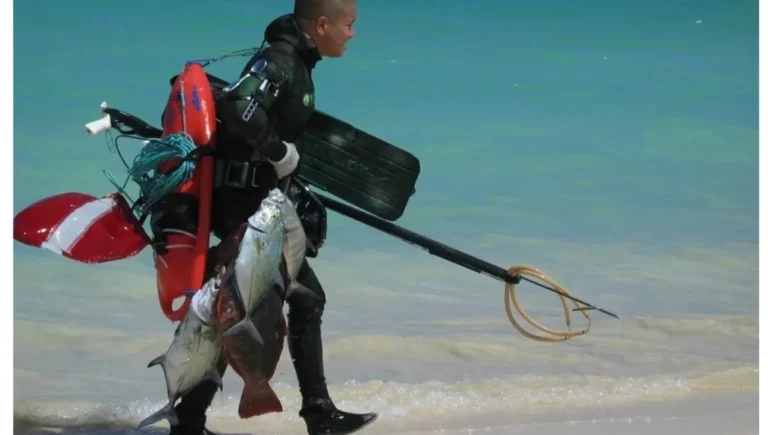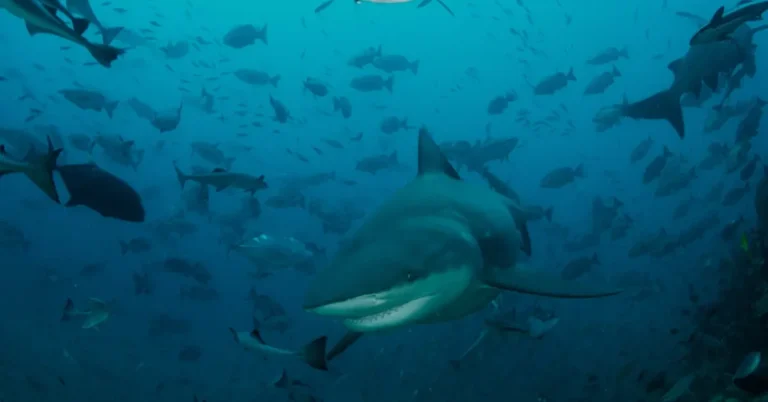How Does a Spearfishing Slip Tip Work?
Spearfishing slip tips are essential for spearfishermen. They’re flexible tips at the end of the spear, helping you locate fish accurately. When the slip tip bends upon contact with a fish, it sends a signal through your line, guiding your aim. This adjustability enhances your accuracy, which is crucial for successful catches.
It also reduces drag and wear on your gear, particularly useful in rough conditions. With slip tips, you can make precise adjustments while aiming, improving your chances of hitting your target. In essence, slip tips are vital tools that make spearfishing more efficient and enjoyable.
Also Read: How to Make a Homemade Pole Spear In Under $25
What is a spearfishing slip tip?
A spearfishing slip tip is a crucial tool used by spearfishers. It’s a flexible tip attached to the end of the spear shaft. When the tip contacts a fish or underwater obstacle, it bends, sending a signal through the attached line. This signal helps the spearfisher gauge the depth and location of the target.
Adjusting the slip tip allows for more accurate aiming. It reduces drag on the spear shaft and minimizes wear on equipment. Overall, the slip tip enhances precision, making it easier for spearfishers to catch fish effectively underwater.
What components make up a slip tip?
What are the benefits of using a slip tip?
Here are the benefits of using a slip tip in spearfishing outlined in steps:
How Does a Spearfishing Float Work?
Spearfishing floats are crucial for successful trips. They help divers find their catch and store gear safely. A float typically consists of a buoy, line, flag, and weight.
How Does a Spearfishing Powerhead Work?
A spearfishing powerhead is a unique underwater tool to hunt fish more accurately and powerfully. It shoots a spear or harpoon quickly, making it easier to catch bigger and farther fish precisely. It has three main parts: a tube for compressed air or gas, a trigger to release the air, and a line connecting the trigger to the spear. To use it, attach it to your spear, load it with air or gas, and cock it by pulling the trigger.
When ready, press the trigger to shoot the spear with force. Safety is crucial. Always wear eye protection to avoid injury from stray shots. Make sure your target is visible before shooting to prevent hitting unseen objects. When handling compressed air or gas, follow safety instructions strictly. Only modify the powerhead with expert advice. If you need help, seek guidance before use.
How does racing for pink slips work?
Racing for pink slips doesn’t have the same meaning as in car racing culture. Instead, it refers to a playful competition among spearfishers in which the “pink slip” symbolizes the fish caught. In this context, spearfishers may compete to see who can catch the most or the biggest fish during a dive.
The winner may receive a symbolic pink slip, such as a piece of paper or a token, acknowledging their victory in the contest. It’s a fun and lighthearted way for spearfishers to challenge each other and celebrate their successes in the water.
How does a limited-slip differential work? For spearfishing
A “limited-slip differential” doesn’t directly relate to underwater equipment in spearfishing. However, if we draw an analogy, a limited-slip differential in spearfishing can be considered a mechanism for better control and maneuverability in challenging underwater conditions.
Just like in automotive applications, where a limited-slip differential helps distribute power evenly to the wheels, spearfishing could apply a similar concept to equipment that assists divers in maintaining stability and control while navigating underwater currents or dealing with unexpected obstacles.
What considerations should spearfishers keep in mind when using a slip tip?
Here are the considerations that spearfishers should keep in mind when using a slip tip, outlined in steps:
Conclusion
Slip tips are must-haves of severe spearfishers. They help find fish accurately, making shots more effective in deep or rough waters. Adjustable tips allow precise aiming adjustments, reducing gear wear.
These tools increase chances of success by aiding in aiming and lessening shaft drag during shots. In simple terms, slip tips are crucial for spearfishing success, helping hunters hit targets with better accuracy and preserving their equipment for more prolonged use.
